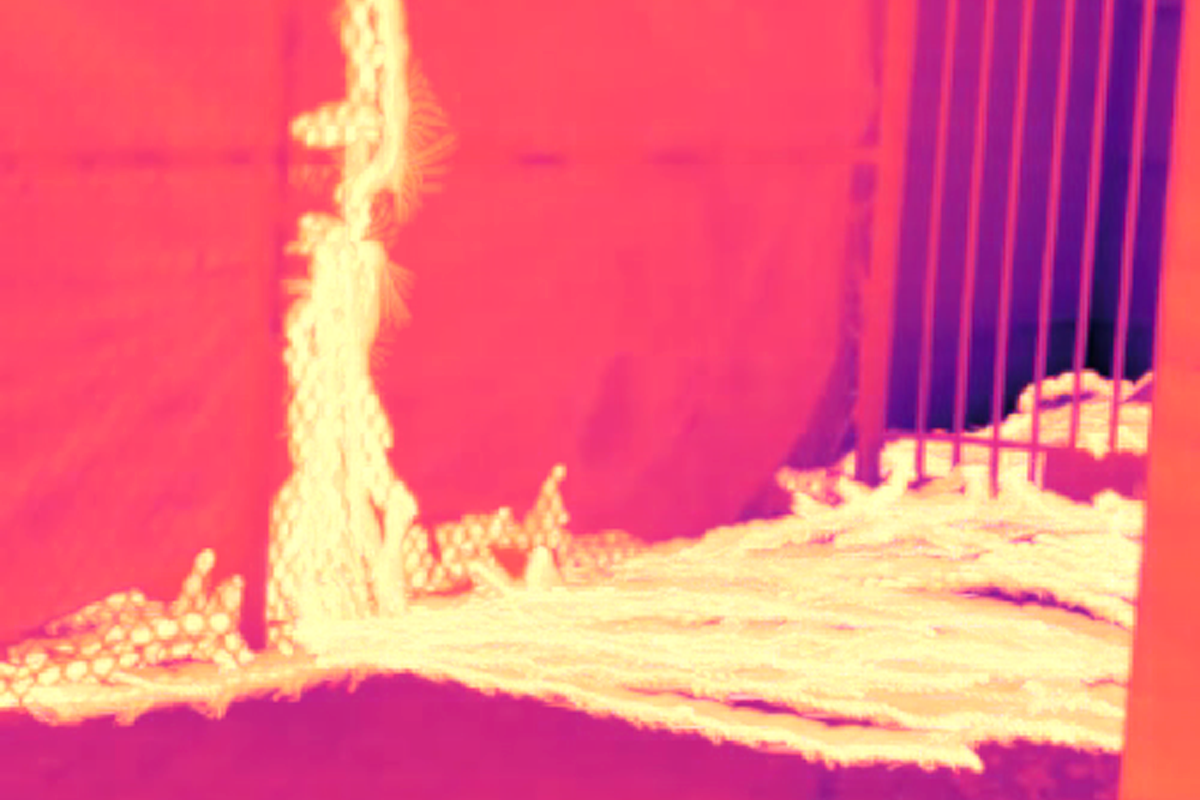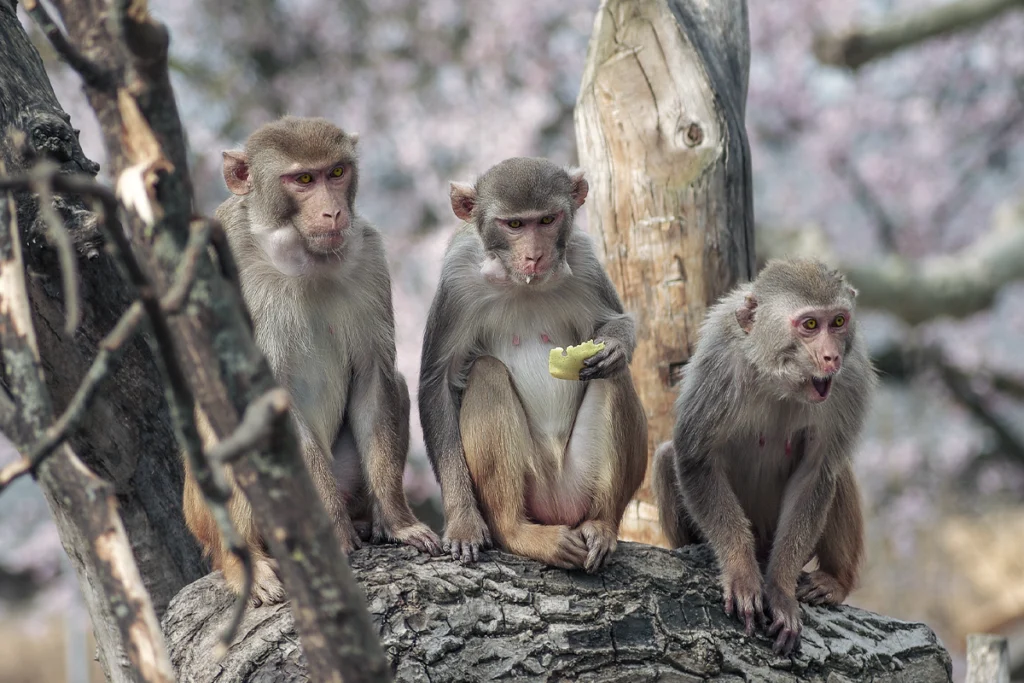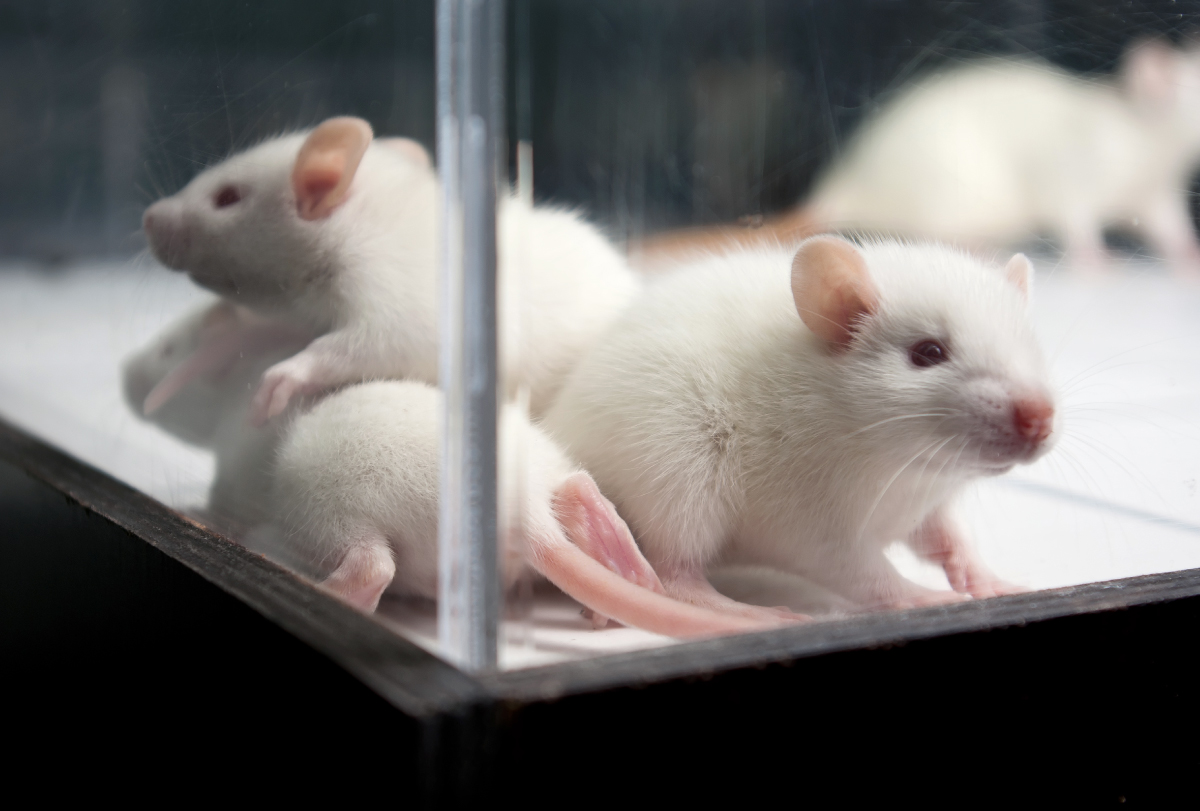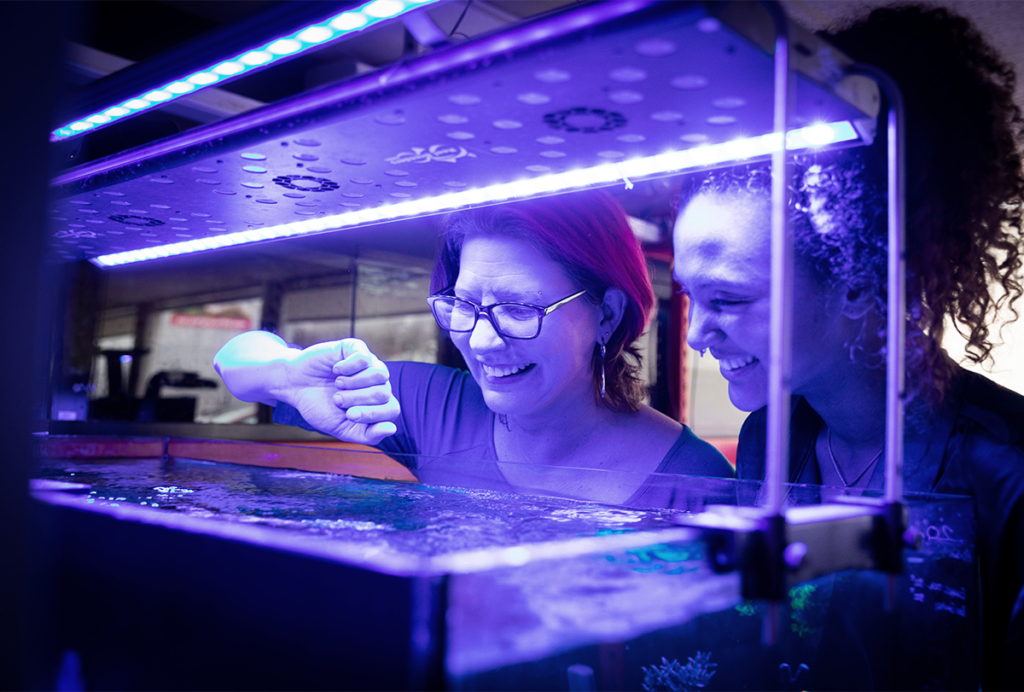Hitting city streets to record rat behaviors: Q&A with Emily Mackevicius, Ralph Peterson
Capturing the rodents’ vocalizations and movements in the wild offers an opportunity to study naturalistic behaviors in a complex urban environment, Mackevicius and Peterson say.
Most people flinch when a rat scurries into their path, but not one New York City-based research team: These researchers actively seek out urban rats to study their day-to-day behaviors and interactions. The work is part of a growing trend of neuroscientists studying animals in their natural environments rather than in the lab.
“It’s a classic neuroscience model organism, but we don’t really know that much about their natural ecology,” says team member Emily Mackevicius, senior research scientist at Basis Research Institute.
The fact that urban rats are ubiquitous presents a convenient opportunity for naturalistic study, adds Ralph Peterson, a postdoctoral fellow at the institute, who is also part of the team.
Last year, Peterson, Mackevicius and their colleagues held a series of rat behavior stakeouts around New York City—in the Union Square subway station, in a wooded area of Central Park and on a street corner in Harlem. The team used thermal cameras to track the animals as they foraged in the dark and ultrasonic audio recorders to eavesdrop on rat vocalizations.
Rats in the wild vocalize differently than laboratory rats, the team found. For example, lab rats typically emit calls at 22 kilohertz in negative contexts, such as when they sense danger, according to a 2021 review article. By contrast, the city rats used that frequency across more varied scenarios, including while they were foraging. The team posted their results on bioRxiv last month.
“This creature that we see out at night all the time, running around, is actually vocalizing all the while, and we can’t hear it,” Peterson says.
Mackevicius and Peterson spoke with The Transmitter about their experiences recording wild rats, their hopes for further applications of these methods and the value of naturalistic observations in an urban setting.
This interview has been edited for length and clarity.
The Transmitter: Why this experiment? What did you want to learn from rats out in the city?
Ralph Peterson: Rats are such a prominent species in the city. The fundamental question is, “What does the day in the life of a rat actually look like?”
I leave the lab late at night, after working on rodents all day, and then go out, take the train and see rodents. They’re right in front of us, and it could be that their brains work so much differently than they do in the lab.
TT: How is studying these animals in a city environment different from studying them in what are more traditionally thought of as naturalistic environments?
Emily Mackevicius: The idea of some pristine, untouched nature away from the city is a little bit inaccurate—I’ve done some field work on birds in arctic Alaska, and even there, there is an oil pipeline that is part of those birds’ environment.
Cities are also especially interesting because, for much of the evolutionary history of rodents, there weren’t cities, and that’s true with people, too. Both people and rodents are very adaptable, and now we’re living in a way that’s not the same as a lot of our evolutionary history. So it’s an especially interesting environment from that perspective, if you’re interested in cognition.
TT: How do your findings change or add to what the field already knew about rat behavior?
RP: There’s this question about what rodent ultrasonic vocalizations are used for. In the lab, the experimenter has to construct a context for the rats to do social behaviors. People put a male and a female rat together, and the male sings to the female, so people think it’s about courtship. Or a pup will use ultrasonic vocalizations when it’s away from the nest, and people think that’s what the vocalizations are for.
The thing that I like about going in the field, although it’s kind of chaotic and hard to control, is that the rats have their own volition. And in the field, we see some of these vocalization types used in very diverse social contexts. They use this 22-kilohertz call in many different contexts that have not been previously observed in the lab. One of them is inside of trash bags. What scientist would think to bring a trash bag inside the lab and record foraging behavior? That’s a prime example of how basic observations in the field can help change our understanding of the social function of some of these vocalizations.

TT: What else can we learn from recording rats in the streets that we can’t learn in the lab?
RP: Social behavior is a big one. The field is kind of moving in this direction of studying animals in pairs. There’s been some interesting work showing that the social brain is different than the singular brain. One of the things that intrigues me about social behavior in the wild is the potential for delegation of tasks or social structure that we couldn’t appreciate in the lab.
A lab animal has free access to food and water, and no predation. And if you’re going to study a group of animals in the lab, it’s like a watered-down version of what actually happens. In some of our studies in the field so far, we see some differences in how different sizes of animals behave. We see particularly large animals out kind of foraging by themselves, like maybe they have a foraging role. We see very few instances of younger juvenile animals out and about, so I think that there are probably some roles being played out in nature that I don’t think we’d be able to observe in the lab.
EM: It’s not like it would be necessarily impossible to see in the lab. It’s just something that people haven’t focused on because we don’t know what a day in the life of a rat looks like.
TT: What’s next in unpacking wild rats’ social interactions and cognition?
RP: One of the big questions we’re interested in next, and something that we’re working on now, is this question of how to quantify the animal’s environment. We’re outside of the laboratory; we can’t control the world, but we can measure the world and try to understand how things in the environment might affect behavior.
We’re creating better models for not only building 3D reconstructions of the scene but also trying to extract meaning from that. So, for example, automatically determining what’s a tree and what’s a burrow hole and what’s a fence and what’s food and what’s foe, and everything in between. Hopefully we can use animal movements within that environment to try to infer something about what the animals care about and what their strategies are for existing in that environment.
EM: It’s a really exciting time for studying animals in their natural environments. There’s a lot of new artificial-intelligence tools that are working now that weren’t working just a few years ago, and I think that’s opened up the ability to do work like our study.
Recommended reading

Monkeys’ amygdala cells adapt to social status

Neurons in thalamus sort new social cues from familiar ones


